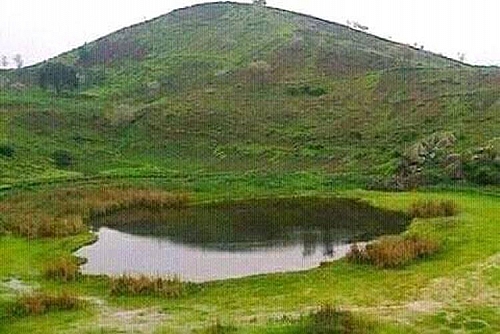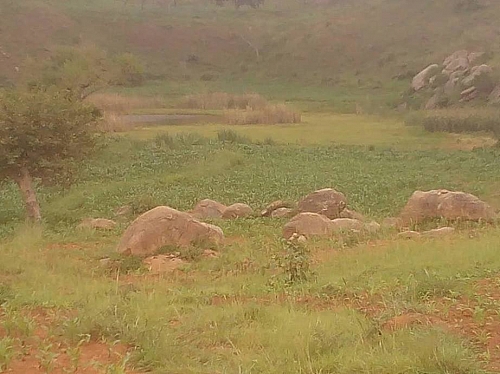A lake is an extensive body of water enclosed in hollow walls usually surrounded by lands. Some lakes stay permanent, while the life span of some depends on seasonal variations.
Now, that was just a brief definition of a lake just to enlighten you and to create a picture of what a lake is in your mind. Hence, this article is not going to be based on the general descriptions of lakes in the world, but it is going to be limited specifically to Crater Lake in Plateau State which is also called the Pidong Lake.
Table of Contents
Description of Pidong Crater Lake
Crater Lake (Pidong Lake) lies between Kerang and Ampang in Mangu Local Government Area of Plateau State, this Lake is about 88 kilometers from Jos (Capital of Plateau State). Pidong Lake is located on latitude 90 18N and 90 12E; the Lake has a height of 1200m above mean sea level and it is one of the most beautiful features to behold in Plateau hence, it is among the prominent tourist sites in Nigeria. There are only 200 of their kind in Africa.
History has it that some wealthy giants who possessed gold once occupied the area that surrounds Pidong Lake, not until one day the giants and all their gold and wealth vanished within one day by a large fire explosion caused by a volcanic eruption which took place in this area, thereby resulting to Pidong Lake.
Formation of Pidong Crater Lake
Pidong Lake is situated in the vent of a volcanic crater (where crater created a large hole on top of the volcano or on the ground caused by an explosion). Crater Lakes generally are formed by a volcanic depression called a caldera, caldera explosion occurs when very large magma chambers filled with silica-rich melt and abundant gas move upwards to the earth’s surface. These silica-rich magmas have a very high viscous substance that allows them to hold gas bubbles under very high pressure. As they rise to the surface, the reduction of pressure causes the gas to expand. Once there is a breakthrough in the process, it results in an enormous explosion, which blasts away large volumes of rocks to form the caldera. Pidong Lake is an example of such a lake; it was formed as a result of a volcanic explosion, the volcanic rocks are not really solid because ash and cinder cone are not solid materials.
There is an occurrence of underground spring between the area of basaltic rock which breaks into smaller pieces and gives rise to sandy soil and the minerals that form the basaltic rocks break into smaller particles. Basaltic rock is formed when lava flows to the Earth’s surface during volcano eruption, the rock has an opening that allows water to sink down into the ground.
Pidong Lake is fed by rainwater and underground water; due to unstable climatic conditions, Pidong Lake exists mostly during rainy seasons but dries up (evaporates) during the period of drought in the area, however, it is filled up again during the next rainy season. This sudden disappearance of Crater Lake is often caused by low rainfall and high temperature and it is attributed to global warming. The second reason is due to an increase in demand for water for irrigation farming and for other domestic uses.
Uses of Pidong Crater Lake
- Pidong Lake produces a microclimate, which brings about a cold breeze that helps in moderating the temperature of the immediate environments.
- The Lake and the surging landscape around it serve as a remarkable sight for tourist activities, both visitors and the communities around.
- The hills surrounding the Lake have natural green grasses for cattle to graze on at any season.
- It provides water for irrigation farming, mostly during the dry seasons.



